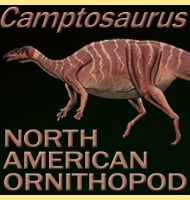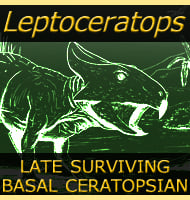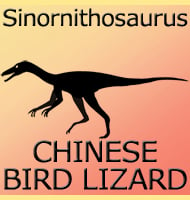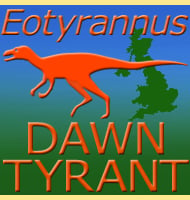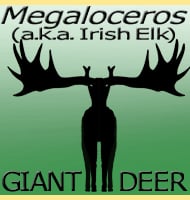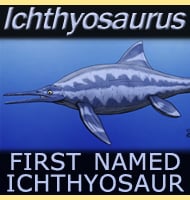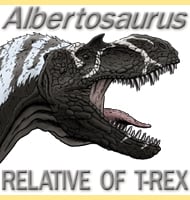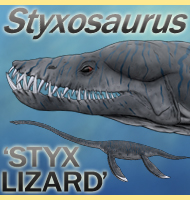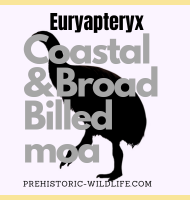In Depth
Counillonia is a genus of dicynodont therapsid that lived in Asia approximately about the time of the Late Permian to early Triassic. This would make the Counillonia genus a survivor of the Late Permian extinction, possibly the biggest mass extinction in the planets history. Counillonia is not the only dicynodont genus to have made it into the Triassic others such as Lystrosaurus are known to have done as well. But the Counillonia genus differs from these forms in that the genus appears to be more loosely related to the genus Dicynodon. This has revealed the possibility that more evolutionary lines of dicynodonts survived the Late Permian extinction than previously thought.
Further Reading
- New dicynodonts (Therapsida, Anomodontia) from near the Permo-Triassic boundary of Laos: implications for dicynodont survivorship across the Permo-Triassic mass extinction and the paleobiogeography of Southeast Asian blocks. - Journal of Vertebrate Paleontology. - C. Olivier, B. Battail, S. Bourquin, C. Rossignol, J.-S. Steyer & N.-E. Jalil - 2019.

